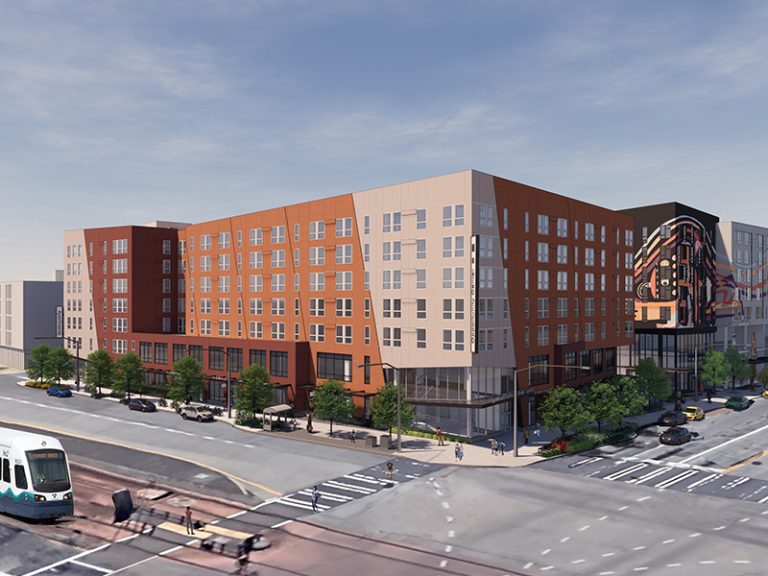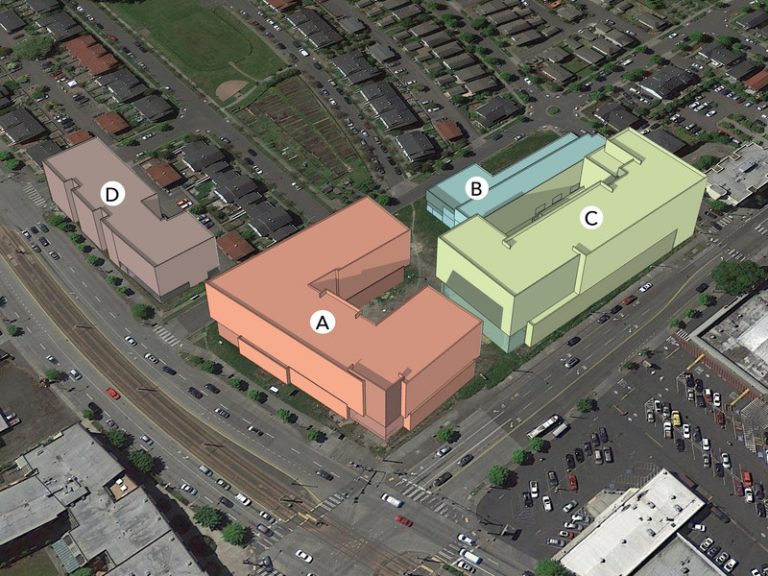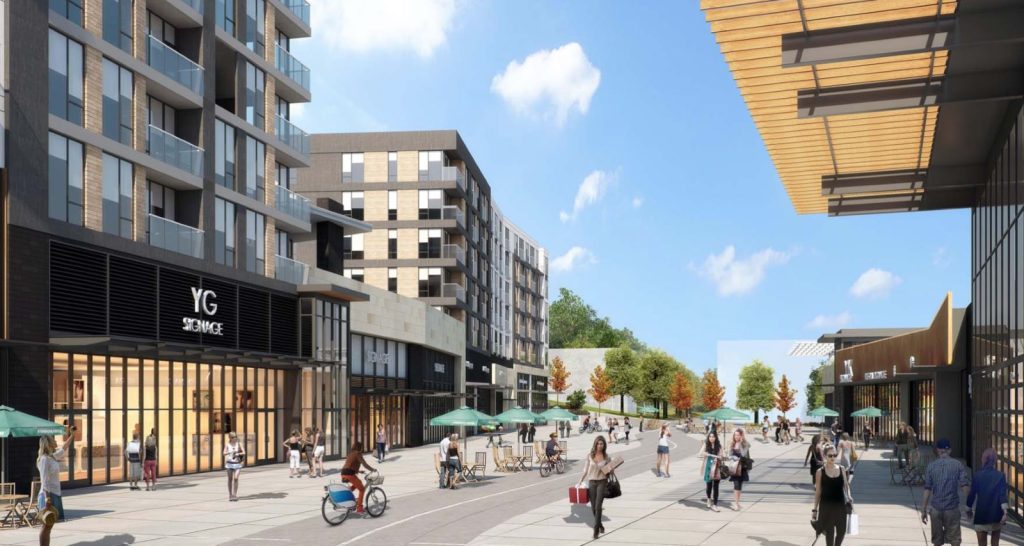
When Congress passed the Opportunity Zone program as part of the 2017 Tax Cuts and Jobs Act, it was touted as a transformative tool — one that would draw billions in private capital into low-income neighborhoods and spur inclusive growth. Yet, nearly eight years later, critics say the program has done more to benefit wealthy investors than the communities it was meant to uplift.
What was promised as a tool for empowerment has become yet another mask for modern-day redlining — a new iteration of an old injustice.
Opportunity Zones (OZs) were intended to drive private investment into economically distressed communities, allowing investors to defer and reduce their capital gains taxes. The theory was that tax incentives would spur the revitalization of underserved neighborhoods. But in practice, OZs have often failed to produce meaningful benefits for long-time residents.
Instead, they have opened the door for speculative development — luxury housing, high-end retail, and corporate projects that price out the very people the policy was meant to help. Developers receive massive tax breaks for building in a designated zone, even if their projects do nothing to address housing insecurity, food deserts, or chronically underfunded public services.
In cities across America — from Baltimore to Oakland, Cleveland to Atlanta — the pattern is painfully clear: investment comes, but equity does not.
This isn’t a new problem. It’s a repackaging of redlining, the racist practice that denied Black and Brown communities access to mortgages and fair housing opportunities for decades. Today, the discrimination is more insidious. Instead of being denied access, residents are now being priced out, displaced, or overlooked altogether as the profits of “revitalization” flow elsewhere.
Though redlining was outlawed in the 1960s, its effects are still visible today — and some say Opportunity Zones have inherited the same framework, simply wearing a different mask.

High-potential neighborhoods — rich in culture, heritage, and resilience — are marked not for community-led growth, but for external extraction. Land values soar, but local wages do not. Developers gain wealth, while long-time residents lose their homes, their businesses, and their sense of place.
Data supports the concern. According to a 2023 study by the Urban Institute, only a fraction of Opportunity Zone investments have gone toward projects that directly address housing affordability, small business development, or workforce training — the cornerstones of sustainable, inclusive growth.
This is not revitalization. This is erasure.
Opportunity Zones (OZs) have played a significant role in shaping economic development across Washington State, including cities like Seattle, Tacoma, and Everett. In Seattle, the Othello Square project exemplifies the potential benefits of OZs. This development includes affordable housing, a community health clinic, educational facilities, and retail spaces, aiming to serve the local community’s needs.


Similarly, Tacoma’s Town Center Urban Village project plans to offer over 600 apartments, substantial retail space, and office areas, contributing to urban revitalization efforts. These projects indicate that, when aligned with community goals, OZs can attract investments that foster inclusive growth and provide essential services.
However, concerns have been raised about the potential negative impacts of OZs, particularly regarding gentrification. Increased investment in historically underinvested neighborhoods can lead to rising property values and living costs, potentially displacing long-term residents. Critics argue that without proper safeguards, OZs might prioritize large-scale developments that do not necessarily benefit existing communities, leading to social and economic disparities. The challenge lies in ensuring that investments through OZs are directed towards projects that genuinely uplift and support the local population.
Across Washington State, the implementation of OZs has been met with both optimism and caution. Governor Jay Inslee approved 139 census tracts for OZ designation, aiming to stimulate economic growth in low-income areas Washington State Department of Commerce. While this initiative has the potential to bring much-needed development and job opportunities, its success largely depends on strategic planning and community involvement.

For cities like Everett, the focus should be on leveraging OZs to support small businesses, affordable housing, and infrastructure improvements that directly benefit residents. Ultimately, the effectiveness of OZs in Washington hinges on transparent governance and a commitment to equitable development.
True reinvestment means more than constructing buildings. It means investing in people: small business owners, community leaders, elders, youth. It means public dollars that match private investment, and community benefit agreements that hold developers accountable.
Urban communities—many of which have endured generations of disinvestment—deserve reinvestment that centers dignity, not just profit.
It’s time to stop calling it “revitalization” when the original residents are no longer there to experience it. Real opportunity doesn’t come from tax loopholes. It comes from shared power, community ownership, and policies rooted in justice.
Until we get that right, Opportunity Zones will remain what they are today: missed opportunities for the communities that need them most.
In Brockton, Massachusetts, neighborhoods once identified for their economic potential have seen a surge in speculative real estate activity, yet long-time residents continue to face food insecurity, underfunded schools, and a shortage of deeply affordable housing.
A major criticism of the program is its lack of transparency and accountability. Investors are not required to report how their funds are used or whether they benefit the community. While some developers have formed partnerships with local nonprofits or pursued community benefit agreements, these cases remain the exception rather than the rule.
Advocates argue that a more equitable approach to reinvestment would include direct community ownership, public-private funding models, and policies that prioritize residents over real estate markets. Some cities have launched initiatives to redirect Opportunity Zone funds into land trusts, minority-owned businesses, and affordable housing cooperatives — models that build wealth within the community rather than extracting it.
With federal lawmakers debating the future of the Opportunity Zone program, many believe reforms are needed to ensure investments actually serve the communities they target. Proposals include stronger reporting requirements, affordability standards, and deeper community engagement.
Until then, the promise of equitable revitalization remains elusive for many urban neighborhoods — still waiting for the opportunity they were promised.

Dr. Patricia Jackson
Dr. Patricia Jackson is the executive director of Habitat for Humanity of Greater Providence and East Bay in Rhode Island. She serves serves as the chair of the political action committee for the Brockton Area Branch NAACP. Originally from Kansas City, Jackson has a Bachelor's degree in Psychology from the University of Kansas, a Masters in Public Administration with a specialty in Urban Design from Park University, and a Doctorate in Law and Policy from Northeastern University. She did her dissertation on the disinvestment and lack of reinvestment in disenfranchised communities. Previously, Jackson served as the Interim and Deputy Executive Director of the Brockton Redevelopment Authority. She has an unwavering commitment to equality and equity, which will undoubtedly drive Habitat's mission to create a world where everyone has a decent place to live.

